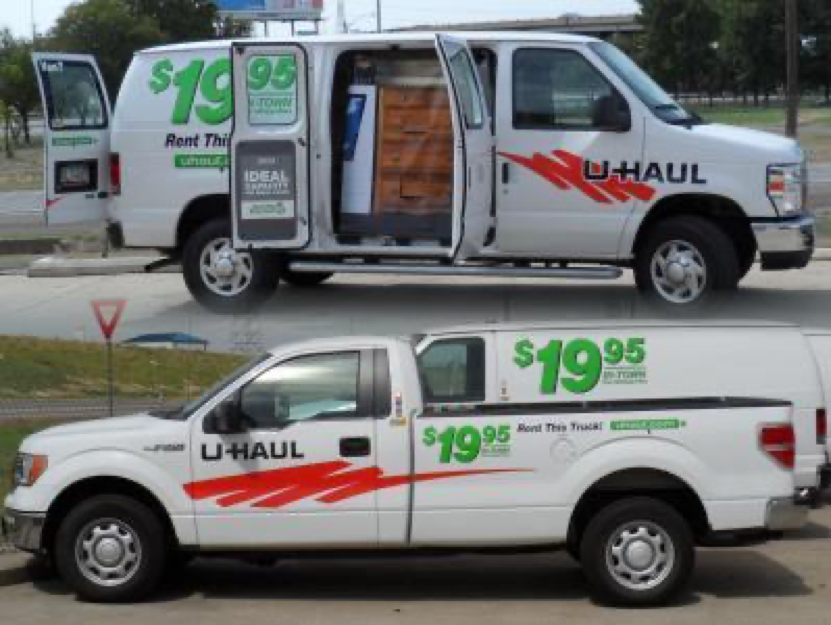Don’ t let the rental car shortage ruin your trip—try one of these 10 alternatives.

If you’ve started to plan travel, you probably know there’s a car rental crisis: prices are high and availability is low. A few weeks ago I wrote about booking car rentals through local auto dealerships as a possible workaround. Here are 10 more tips on how to find wheels if you’re shut out of the car rental agencies.
1. Book your car first.
Book your flights and accommodations around where you can get a decently-priced rental. Fitting your car rental into pre-existing travel plans risks a big bill or cars being sold out altogether.
2. Adjust the rental period.
A quick way to drop the price of the entire rental may be to add a few days to your trip. Often the week-long rental price is significantly lower than the weekend rate. And there’s usually no penalty for returning the car early; by opting for the “pay later” option, you may be able to avoid paying for the unused days as well.
3. Try car-sharing.
A. Available in many states, Turo is like Airbnb, but for cars. Car owners on Turo rent out their personal cars for a fee. With Turo, you’re renting a specific vehicle from an individual, so you’ll get exactly the car you choose. There are often a wide range of options in terms of make/model/year, from a 2009 Toyota to a 2020 Ferrari.
I’ve always been happy with Turo, but you should remember (as with any peer-to-peer service) there’s always some risk of a host backing out (which could be totally legitimate—it’s not like she has a fleet of backup cars ready to go if her car ends up in the shop). The “no-backups” issue could also come into play if you’re unsatisfied with the car for some reason (dirty, not at promised location, etc.).
B. You can book a Zipcar (owned by Avis) by the hour or day; select a membership plan ($7/month or $70/year), have your driver’s license and identity verified, and book a car via the website or app. Rentals start from $11.25/hour and $82/day. Membership includes secondary insurance on all trips, free gas, and 24/7 maintenance and roadside assistance. You start with a credit of 180 miles/day; it’s $0.45 per mile beyond that.
C. Check out regional car-sharing services. Here’s a sampling:
A. eGo CarShare in Denver and Boulder. You can choose from hybrid and fuel-efficient vehicles, pickup trucks, or cars with all-wheel drive.
B. Hui Car Share in Hawaii. Download the app to locate and book cars by the hour or day. Your smartphone is used as the car’s digital key to lock and unlock the car. Once you’re done, simply return the car to where you picked it up.
C. Gig Car Share is AAA’s car-sharing program in Seattle, Sacramento, and the Bay Area. Gas, insurance, and parking are included and membership is free. Cars are hybrid or electric. You don’t need to return the car to the same place you picked it up from; just leave it in another Gig-approved parking spot. You’ll need a smartphone to download the app, scan your license, upload a selfie, upload a credit or debit card, and unlock the car.
D. Getaround is available in Atlanta, Boston, Chicago, Denver, Los Angeles, Miami, New Jersey, Philadelphia, Portland, San Diego, San Francisco, Seattle, and Washington, D.C. There’s no subscription or membership fee. You just create an account, find available cars in your area, and book them. Rates depend on the type of car, location, and length of reservation.
E. Hagerty DriveShare is offered by the Hagerty insurance company. Similar to Turo, it offers privately-owned vintage and exotic cars to rent. Start by looking through the listings in your area on the website, then connect with the owner directly to arrange the details (length of rental, pick-up location, etc.). Before making a reservation, you need to register on DriveShare (free). Minimum driving age is 25.
F. Lyft offers car rental options through its website and app. Select a membership plan ($7/month or $70/year), get your driver’s license and identity verified, then choose your pick-up location, dates, and car. Lyft has also partnered with Sixt to offer in-app rentals in over a dozen markets.
G. You can rent a car directly from providers like Hertz, Avis, and other car rental companies through the Uber app. And soon you’ll be able to have the vehicle delivered to/picked up from your chosen location; Uber Rent with Valet has launched in Washington, D.C. and will expand nationwide later this year. Valet drivers are drawn from anyone on Uber’s platform who is over 25, has opted into its “Work Hub” program, and has joined the Avis Preferred membership program.
4. Book a U-Haul cargo van or pickup truck.
Yes, I’ve done this. (I arrived in the Superbowl host city late on the Friday before the big game. While a I had a reservation with a car rental agency, it was out of cars by the time I showed up.) Note: this won’t work if you have more than two (van) or three (pickup truck) people because both vehicles have only front seats.
Here’s a sample price comparison with a car rental agency: A few miles from the Fort Lauderdale Airport I found a U-Haul location that offers both nine-foot cargo vans and eight-foot pickup trucks for the standard $19.95 per day plus $0.79 per mile. I looked up a 7-day rental for the same set of June dates with a national car rental chain; the total came to $139.65 + $0.79 per mile. The collision damage waiver (that comes with a $150 deductible) was $140, which made for a total of $284.65 plus $0.79/mi. If you’ll drive less than 150 miles over the course of the week, you’ll come out ahead with the U-Haul. Of course you may feel ridiculous pulling up to your swanky hotel in a van or pickup truck plastered with U-Haul logos, but the pain will be temporary and may beat having to take Ubers all week. Note: The quality of U-Haul rental shops can vary, but the two places where I’ve rented vans were fine.
Another U-Haul bonus? Most rental car companies require drivers to be at least 25 years old. (Some offer vehicles to renters as young as 20 for an additional fee.) U-Haul rentals are available to those aged 18 and older.
Home improvement stores, like Home Depot and Lowe’s, also often have pickup trucks available for rent. These trucks tend to have set day rates, rather than inflated dynamic prices like at car rental agencies. Prices vary by location, starting at $89/day.
5. Travel during the off-peak season.
Prices will come down when demand is lower. If you have the flexibility, delay your trip to an off-peak time.
6. Look beyond car rental agencies.
-Costco. Costco members swear by the low prices on rental cars offered by the company.
-Autoslash. I’ve written on how you can save money on auto rentals with Autoslash; it searches across all car rental companies and applies available coupons and discount codes to come up with the lowest price for a rental car.
-Priceline. Priceline is known for its rock-bottom prices on car rentals.
7. Consider if you really need a car.
Many countries in Asia and Europe have robust transportation systems; ditto some American cities. Plus, it’s a great way to feel more like a local than a tourist. Taxis can be very reasonable in certain destinations; some countries subsidize taxis, so the cost is lower than you would expect. Or consider planning a trip where it makes sense to hop around in an Uber, Lyft, or other car-sharing service; if you book a hotel or Airbnb in a central location, you can request a ride when you need it rather than having a rental car sit all day.
8. Check out the hotel shuttle.
Hotel shuttles don’t just go to the airport; many offer free rides to local attractions. And talk to the hotel concierge—he or she can be a great help in finding you transportation to nearby popular destinations.
9. Book excursions with a tour rental company.
Booking an excursion may be more affordable than you think, and many companies will pick you up at your hotel.
10. Bike-sharing services.
A lot of cities offer bike rentals to help you get around. Check travel forums or do a Google search for details.
Twist’s Take: If car rental agency prices are breaking your trip budget, try one of these ten alternatives.
